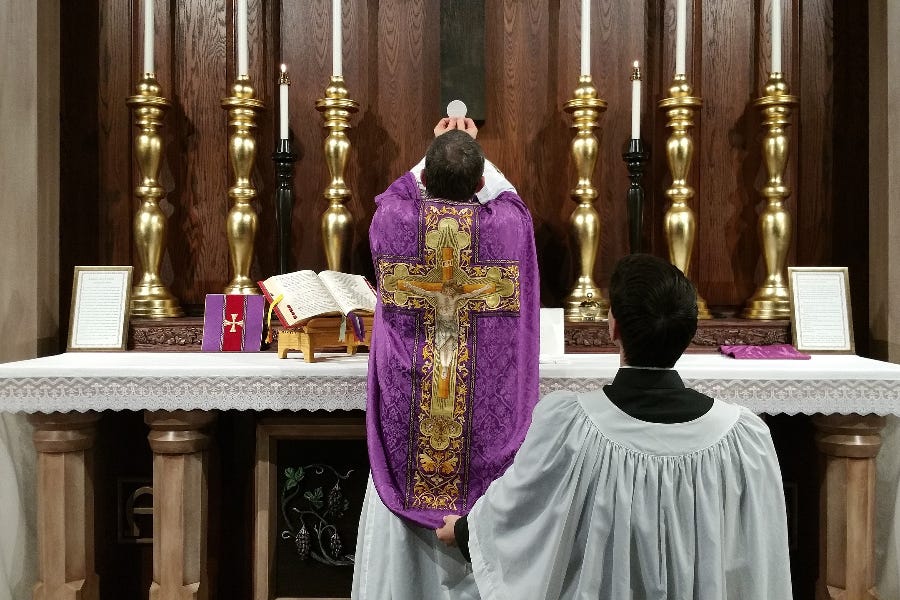
Saturday marks a year since Pope Francis published one of the most controversial documents of his pontificate: the apostolic letter Traditionis custodes.
The pope had just returned to the Vatican after 11 days in hospital after colon surgery. He had s…
